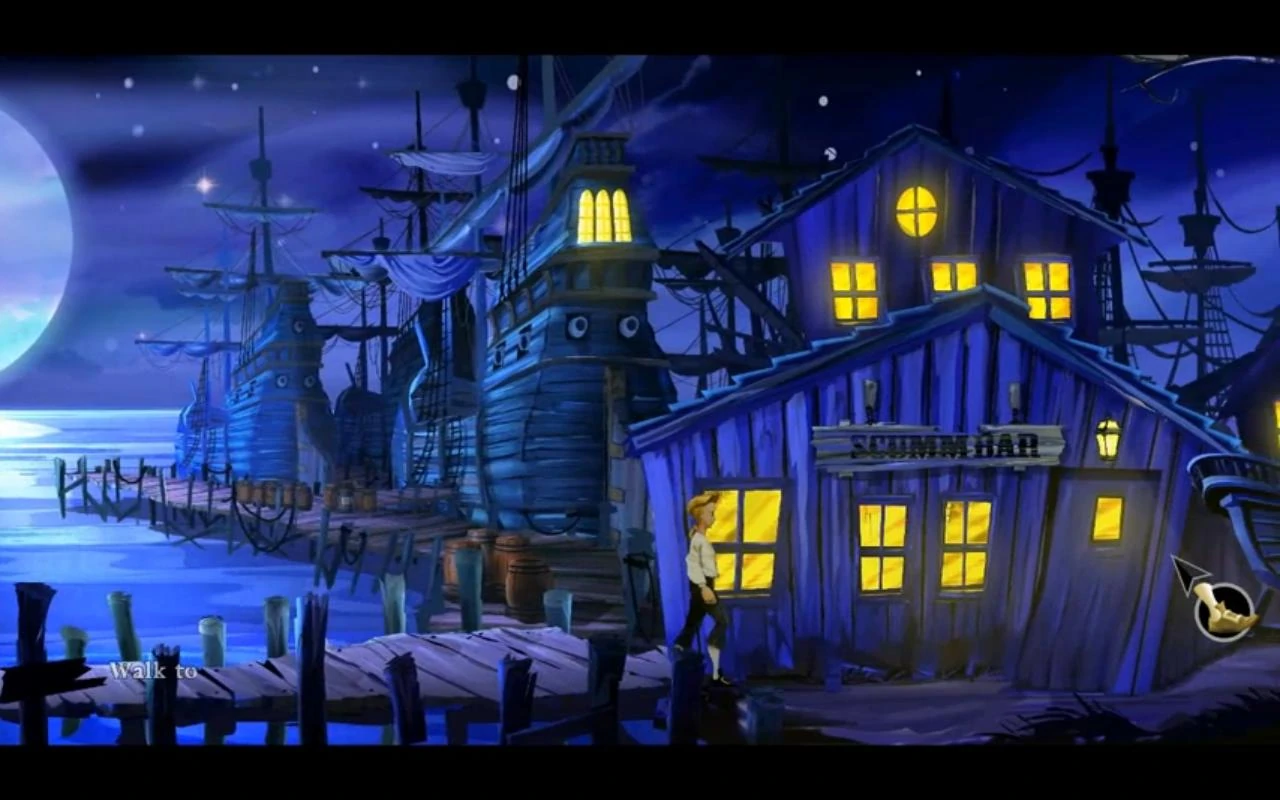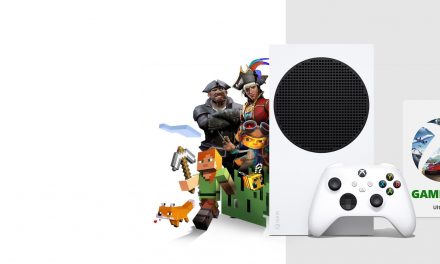In just a few decades, gaming graphics have taken a quantum leap from 2D to 3D with astonishing levels of complexity. The evolution has hit all gaming areas, from PCs to consoles, and even online casinos have benefitted from the march of progress. The improvement in graphics has been so rapid that it feels at times that things have reached a point where it’s almost beyond comprehension where levels can go next.
Looking to the future, however, new improvements will, at some point, be capable of surpassing what is already available on the market. The current cutting-edge 8k technology and latest Unreal Engine version, for example, will become obsolete at some point. Perhaps the only way to imagine what is going to come in the future of how video games will look, is to look at the history of graphics.
Even for those who like to gamble, there have been some great innovations at online casinos. These now dominate the gambling scene because of their advantages over landbased casinos in terms of features and convenience. Popular sites that help users find the best places to gamble, such as Legalbet, often list more than 10 platforms with fantastic live casinos or even 3D slots or other graphics.
Strong graphics deliver a greater immersive experience in online casino games, and it’s common now to see 3D graphics with multiple layers and dynamic lighting used in slots. Leading game developers like Pragmatic Play are already delivering games with stunning cinematic settings, so, it is likely that in the next few years, the look of casino games will get bigger, bolder and more dynamic.
Latest Technologies for the Gaming World
Some of the top technologies for optimal gaming graphics around at the moment are:
- Ray tracing — a technology that simulates the behaviour of light, making the scenario more realistic.
- AR and VR — where the user interacts in bridges between the physical and virtual worlds. Will they be adopted, as many people and specialists say?
- AI — Besides using game algorithms and innovating features such as making the characters smarter, AI can also be applied to visual aspects. An example of this is Deep Learning Super Sampling (DLSS).
- Unreal Engine 5 (UE5) – With support for 8k and 4k graphics, it is responsible for the extremely realistic graphics we have today.
- Motion Capture — Featured in UE5 and Red Dead Redemption 2, for example, and could be used in online slots with realistic characters.
- Physically Based Rendering (PBR) — Another technology based on light and how it interacts in the real world, reproducing it.
Where Did It All Start? From 1960 to Now
The 60s is really when the race for digital games began gathering pace. Back then, of course, it was vector graphics with rudimentary geometric shapes and a lack of colour. In the 70s, 2D styling appeared along with forward-thinking pixel formats for groundbreaking games like Space Invaders and Pong. But along with the simple graphics, movements were very limited.
1980 to 1990
In the 80s, advanced 2D brought classic and eternal games like Donkey Kong and PacMan, created with more pixels and already using rudimentary versions of AI logic. With the development of graphics in this area, players began to see more details like mouths and faces on faces thanks to the 8-bit graphics.
1990 to 2000
In the 90s, 3D graphics surprised gamers. Nintendo 64, Doom, Super Mario, and other names marked the era based on 16-bit processors, support for different colours, and a major advance in sound. On PCs, games could be played at 800×600 resolution and the creation of DirectX was crucial to the popularity of names such as Half-Life, Tomb Raider, and Quake.
To follow the gaming industry’s evolving graphics, better LCD and LED monitors hopped onto the market, to guarantee images with better contrast, colours and sharpness to bring the most out of the graphics. This helped in having things in place for the rise of online casinos which was to follow, where games such as poker, baccarat, and roulette were able to step into the digital age.
2000 to 2010
From 2000 to 2010, 3D became more realistic thanks to technologies such as Source Engine, and lighting effects were optimized. With the launch of the Xbox 360 (2005) and PS3 (2006), innovative titles like GTA San Andreas, Half-Life 2, and Resident Evil 4 hit the market, and are still relevant today in terms of graphics and popularity.
Also in the decade, Adobe Flash technology in casino games paved the way for the launch of thousands of slots, allowing games to run in the browser itself.
From 2010 to Now — and the Future
From 2010 the era of hyper realistic graphics firmly became the bedrock of modern gaming, not only for video gaming, but also at online casinos. It has been a definite era of progress and it leaves players wondering what the next big breakthrough in graphics is going to be. Processors are getting faster, graphics cards can handle more and more intensive demands, and AI is likely to play a major role in driving the next era of realism.
















